Main challenges in educational data security
What is Blockchain and how does it work?
Blockchain is a distributed database that stores information decentralized. Each block of this chain contains a data set, a temporary seal and a link to the previous block, creating a safe and immutable structure. Its decentralized and cryptography -based design guarantees that:
- The information is unalterable: Once a fact is recorded, it is extremely difficult to modify it without altering the entire chain.
- Be transparent and verifiable: Records are visible to authorized participants, promoting trust.
- Offer controlled access: Only authorized persons can access or add information through private keys.
Main challenges in educational data security
The education sector faces several challenges related to data protection:
- Unauthorized access: Student's personal and academic information is at risk of cyber attacks.
- Academic Fraud: Certificates and titles can be falsified, affecting the credibility of the institutions.
- Interoperability and decentralization: The transfer of information between institutions can be insecure.
- Privacy and regulatory compliance: Data management must comply with strict regulations, such as GDPR.
Blockchain can address these problems through specific solutions, promoting a safer and efficient educational environment.
Blockchain advantages in educational data safety
1. Manipulations protection
Each record stored in the blockchain is linked to the previous block through a cryptographic algorithm, ensuring that the data cannot be altered without leaving evidence.
2. Authentication and validation of certificates
The issuance of digital certificates in blockchain allows them to be verifiable by third parties, eliminating intermediaries and reducing the possibility of falsifications.
3. Privacy and access control
Students have total control over their personal data through private keys, allowing to decide who can access their information.
4. Transparency and traceability
Blockchain guarantees transparency in data management, offering a complete history of changes and facilitating administrative processes.
5. Resilience against cyberbrains
Being decentralized, blockchain significantly reduces the risk of massive loss or theft of information.
Blockchain practical applications in education
- Academic record management: Institutions such as MIT already use blockchain to emit verifiable digital diplomas.
- Continuous learning monitoring: It guarantees that platform certificates are authentic and verifiable.
- Credit transfer: It facilitates the safe exchange of academic information between institutions.
- Decentralized learning platforms: Ensures students in online learning systems.
Challenges and considerations in blockchain implementation
Despite its benefits, the adoption of Blockchain presents challenges:
- Initial cost: It requires investment in infrastructure and training.
- Scalability: Managing large volumes of data can be complex.
- Regulatory compliance: You must align with data protection laws.
- Generalized adoption: The collaboration between institutions and regulators is key.
Conclusion
Blockchain offers a solid framework to guarantee the safety and integrity of educational data. By providing immutability, transparency and access control, it resolves many current challenges related to the protection of academic information. Although there are obstacles, the benefits far exceed the challenges, transforming data management and protection in the education sector.
In a world where digitalization advances rapidly, Blockchain is an indispensable technology for the future of education.


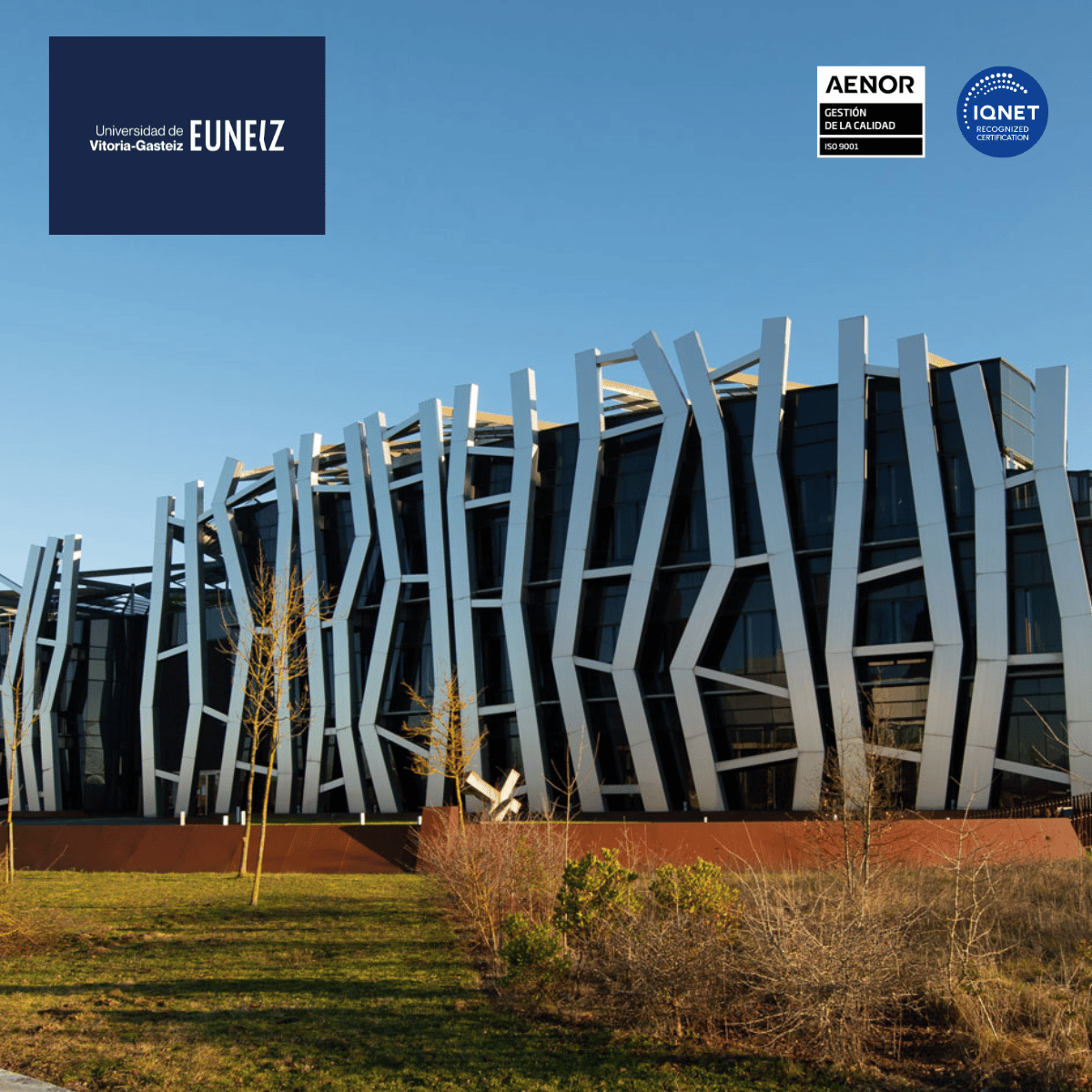








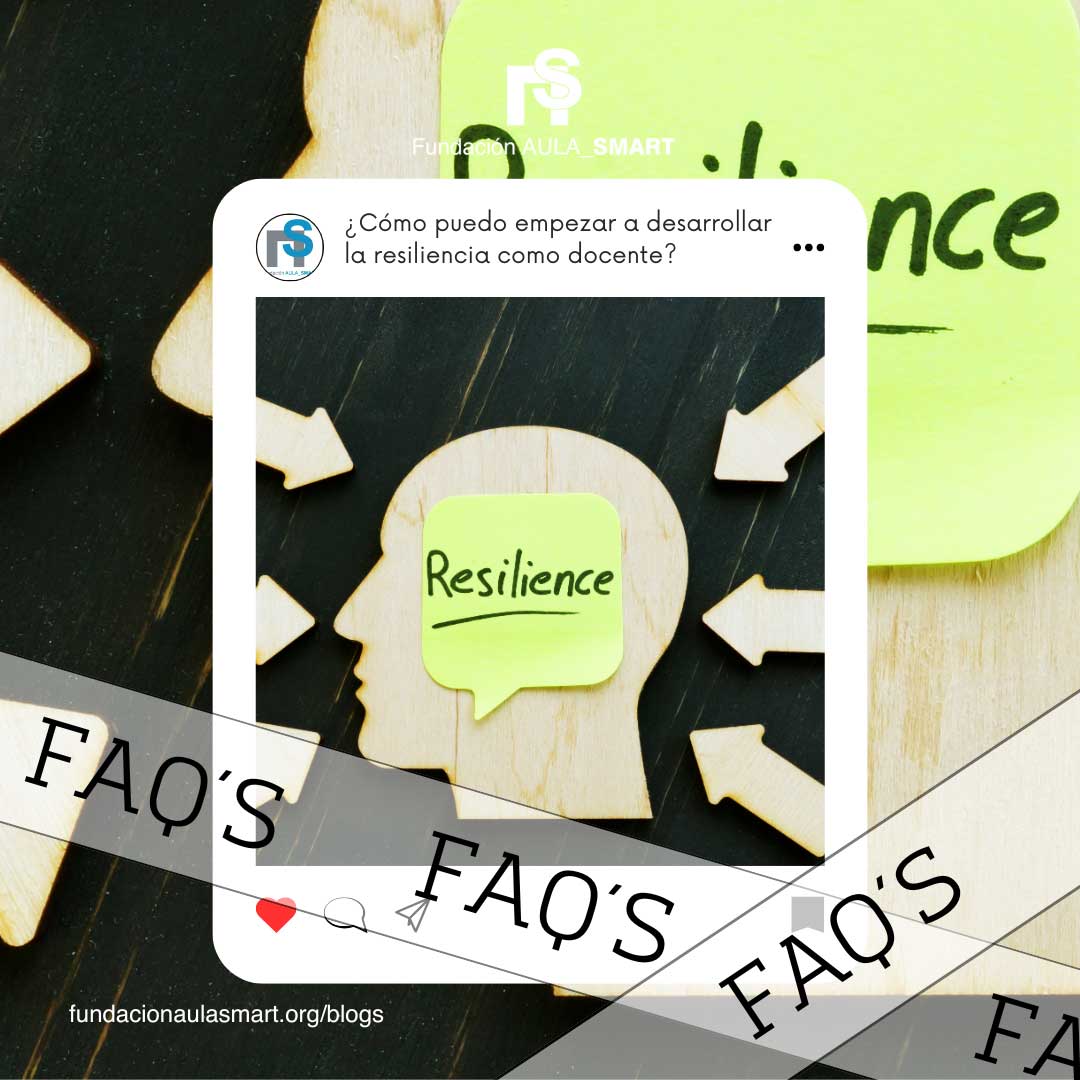

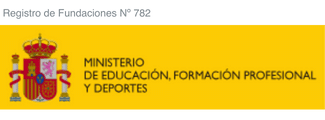
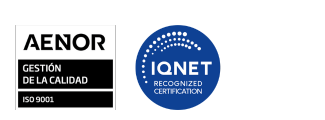


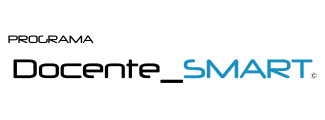
Leave a comment
All comments are moderated before being published.
This site is protected by hCaptcha and the hCaptcha Privacy Policy and Terms of Service apply.